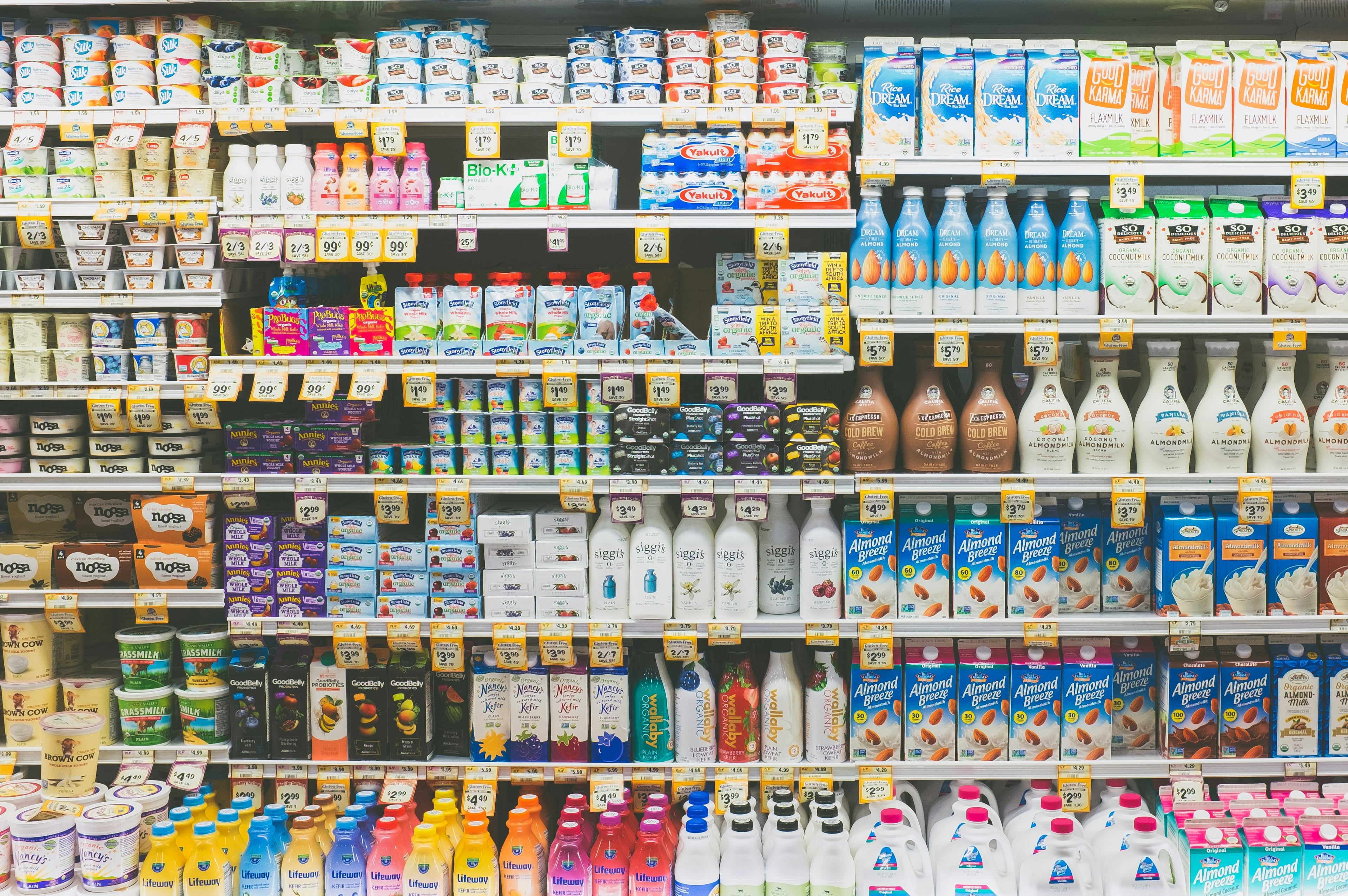The key to making Parkinson’s drug affordable? Tomatoes, study says
Each year, about 60,000 Americans are diagnosed with Parkinson’s disease. The neurodegenerative disorder also affects 10 million people globally, according to the Parkinson’s foundation.
The costs associated with treating the disease, which affects movement, are high. In the United States, it’s estimated to cost almost $52 billion annually in lost income, treatment and social security payments. Medications are pricey and on average cost $2,500 a year.
However, a recent study has found a possible solution to make Parkinson’s disease drugs more affordable.
Scientists have created a genetically-modified tomato that’s enriched in the Parkinson’s disease drug L-DOPA.
The medication is used to compensate for the depleted supply of dopamine in Parkinson’s disease patients. Levodopa, as the drug is also known, has been the barometer for Parkinson’s disease treatment since it was developed as a drug in 1967.
It’s possible for it to become a new, less expensive source of a medicine considered essential worldwide, according to a press release from Norwich, England research institute John Innes Centre.
The fruit was selected as a universally cultivated crop that can be used for greater production. It’s also possible for it to provide a standardized, controlled and natural course of L-DOPA.
By encoding a gene for a tyrosinase enzyme — tyrosine is an amino acid found in many foods — the levels of L-DOPA were elevated particularly in the fruit part of the tomato. That resulted in levels of 150mg of L-DOPA per kg of tomatoes, which was comparable to those seen in other L-DOPA collecting plants. In the case of the tomatoes, however, some of the known drawbacks that previously hindered plant metabolic production of the drug were removed.
“The idea is that you can grow tomatoes with relatively little infrastructure. As GMOs (genetically modified organisms) you could grow them in screen houses, controlled environments with very narrow meshes, so you would not have pollen escape through insects,” explained corresponding study author professor Cathie Martin.
“Then you could scale up at relatively low cost,” she added. “A local industry could prepare L-DOPA from tomatoes because it’s soluble and you can do extractions. Then you could make a purified product relatively low tech which could be dispensed locally.”
“We have demonstrated that the use of the tyrosinase-expressing tomatoes as a source of L-DOPA is possible. It’s a further demonstration of tomato as a strong option for synthetic biology,” first author Dr. Dario Breitel said. “Additionally, there were surprising beneficial effects including improvement in shelf-life and raised levels of amino-acids that we can investigate.”



